Search

Planning Forage Needs
Inventorying and planning for hay and other forage feed needs is essential every year, especially when production is uncertain due to drought or excess moisture.

How to Make a Safe Hot Sauce
Hot sauces can be made to with a combination of several different ingredients to give unique flavors and heat that consumers enjoy. There are many considerations that should be made on how hot sauces are processed, formulated and packaged.
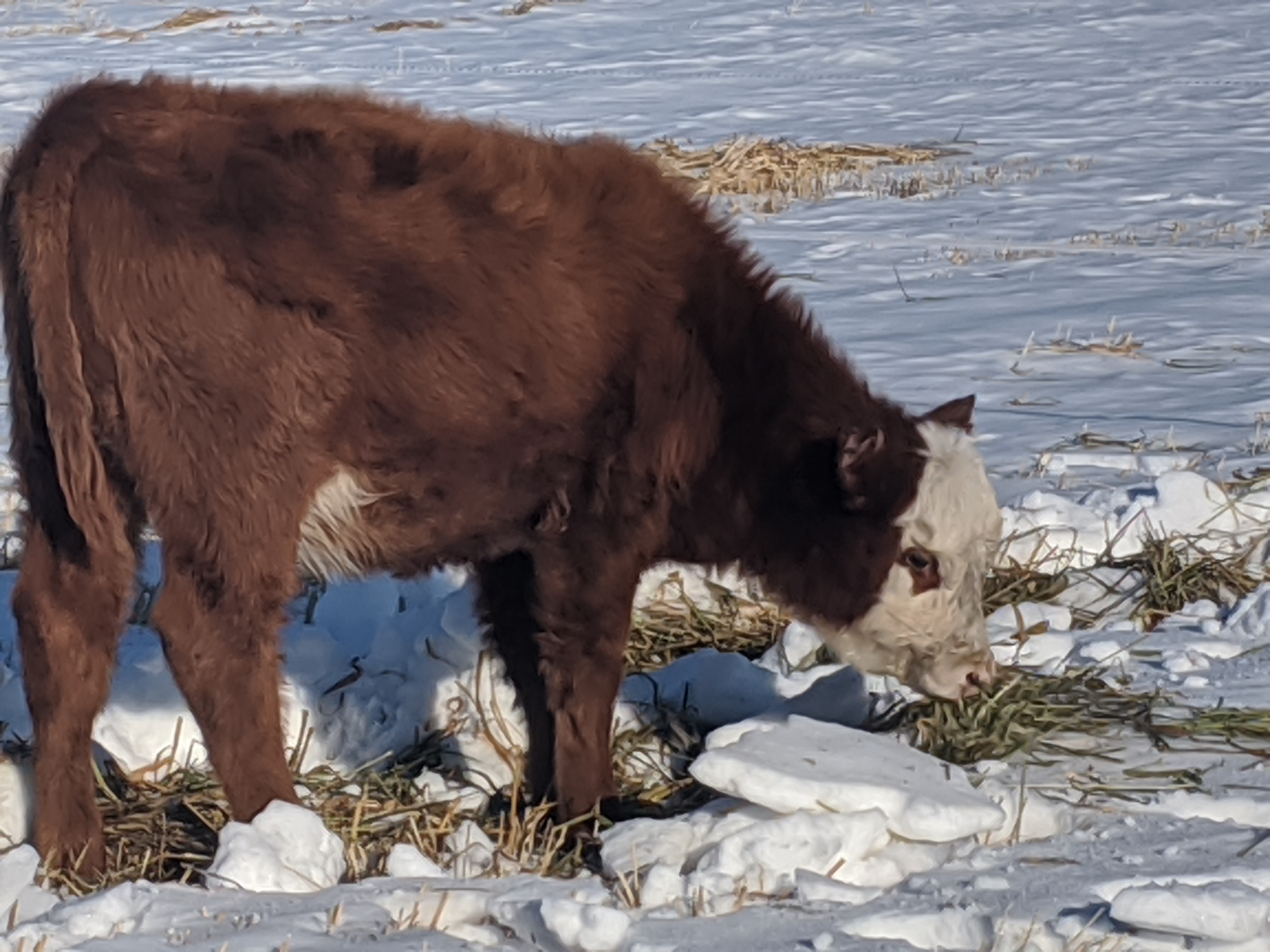
Opportunities for Swath Grazing in South Dakota
Fact sheet on the opportunities for Swath Grazing in South Dakota
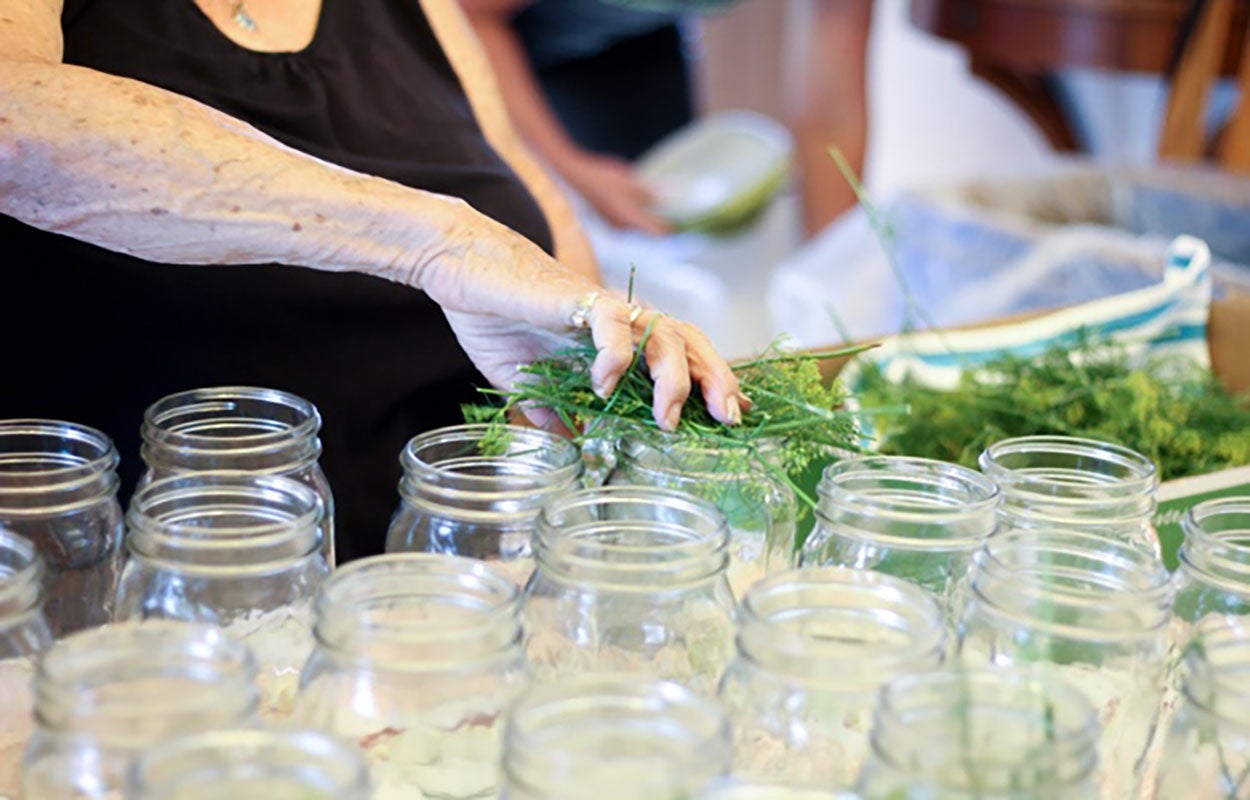
General Kitchen Safety for Food Preservation
Kitchen safety during preservation is just as important as using a safe, evidence-based preservation method. Kitchen cleanliness can affect the safety of the preserved product.

Noxious Weeds of South Dakota
Pictorial reference guide of noxious weeds in South Dakota
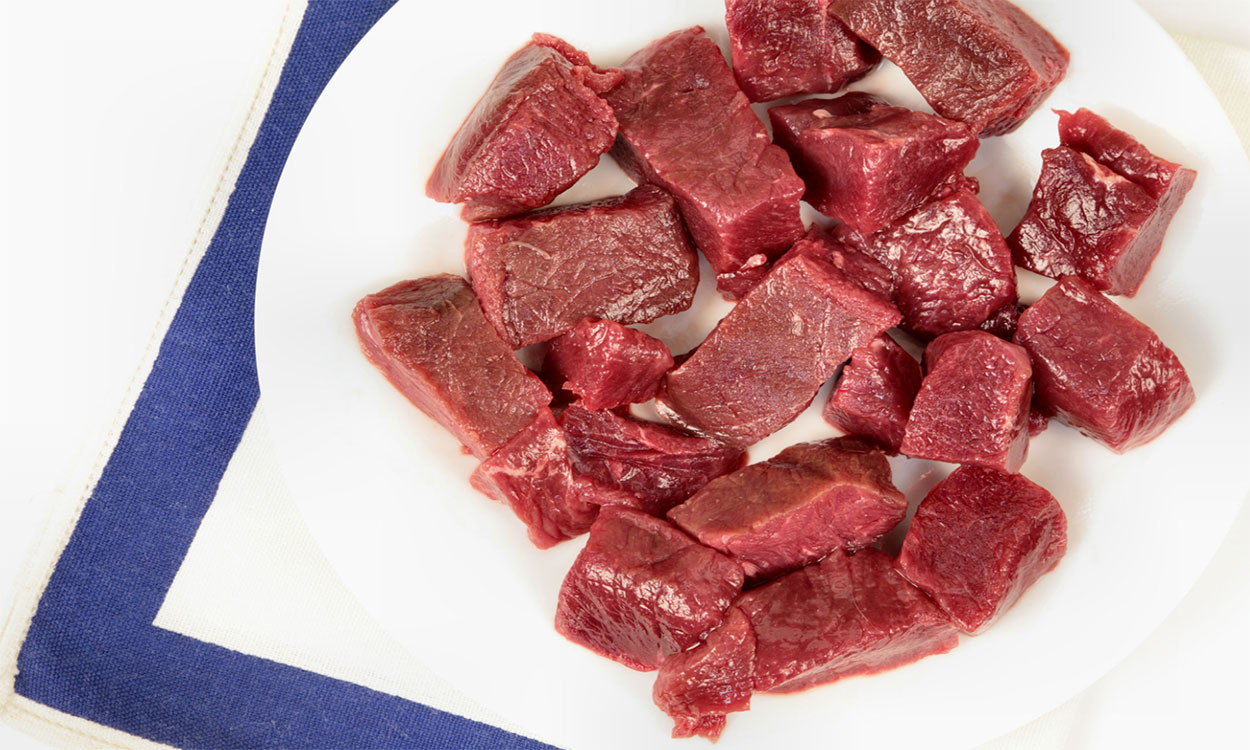
Canning Wild Game
The process for canning wild game is very similar to preserving domesticated animal meat, and it provides a delicious and nutritious way to enjoy wild game well past its hunting season!
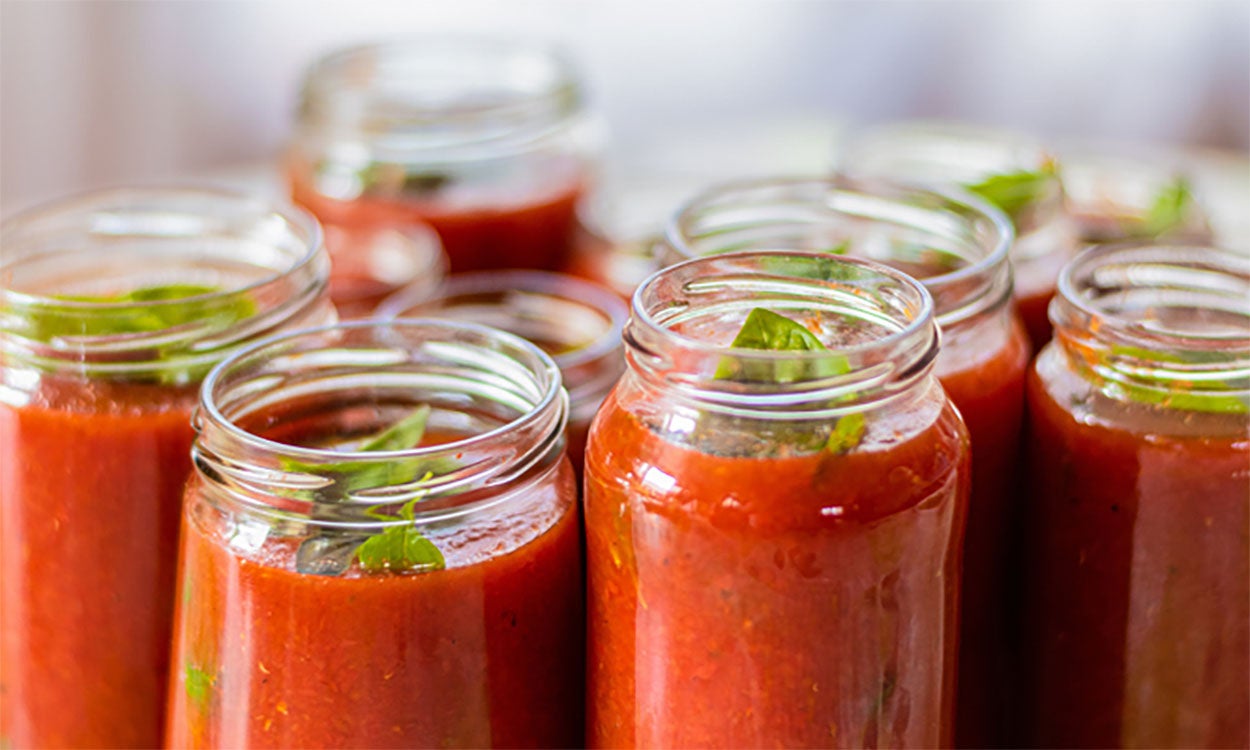
The “Why” Behind Unsafe Canning Practices
When choosing a food preserving method, it’s important to investigate the science behind the process and choose a method that has been researched and proven safe. This is especially important when it comes to canning.

Importance of Evidence-based Food Preservation and Where To Find Information
The key to a safe and delicious product starts with the preservation recipe. View some recommended resources that offer safe, evidence-based recipes and step-by-step preservation method procedures.
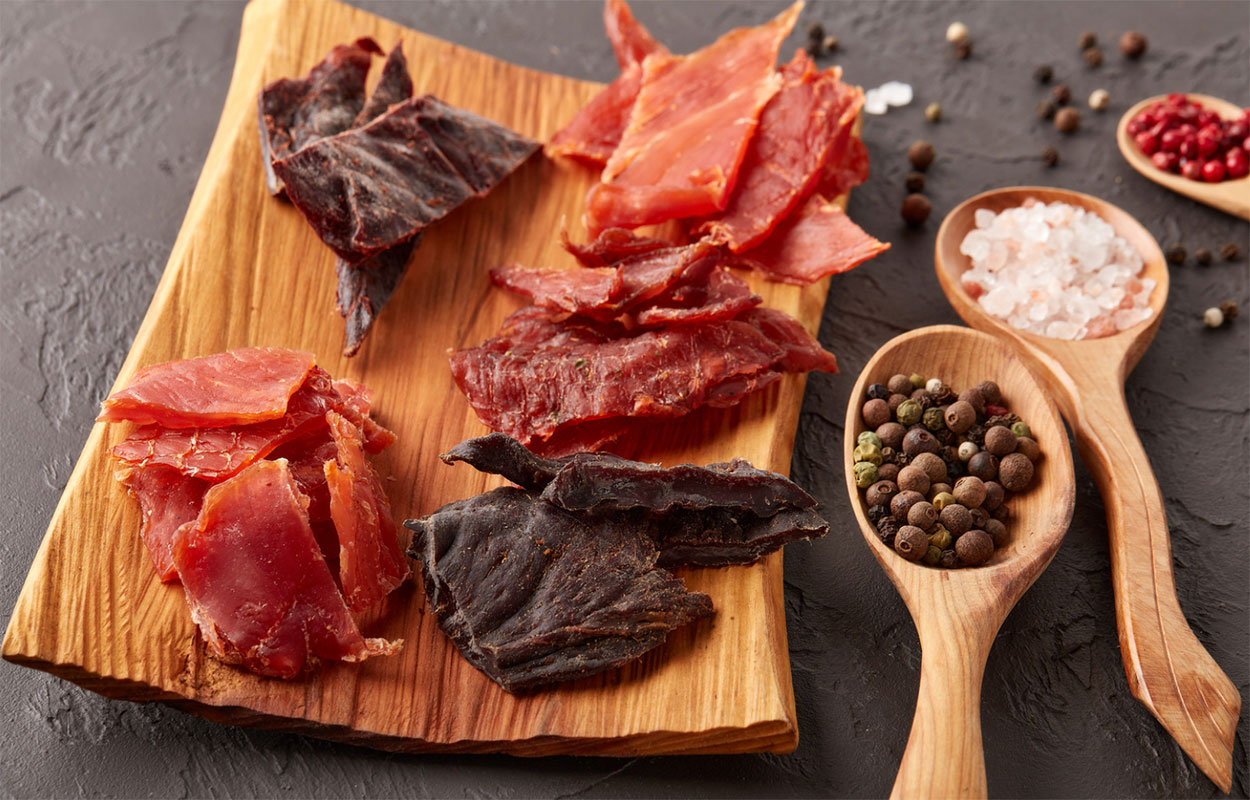
Home-Dried Jerky: Process and Tips
Making jerky is a great way to enjoy a variety of meats for months to come! It requires no refrigeration and can be made from any lean meat, such as beef, pork, bison and venison.
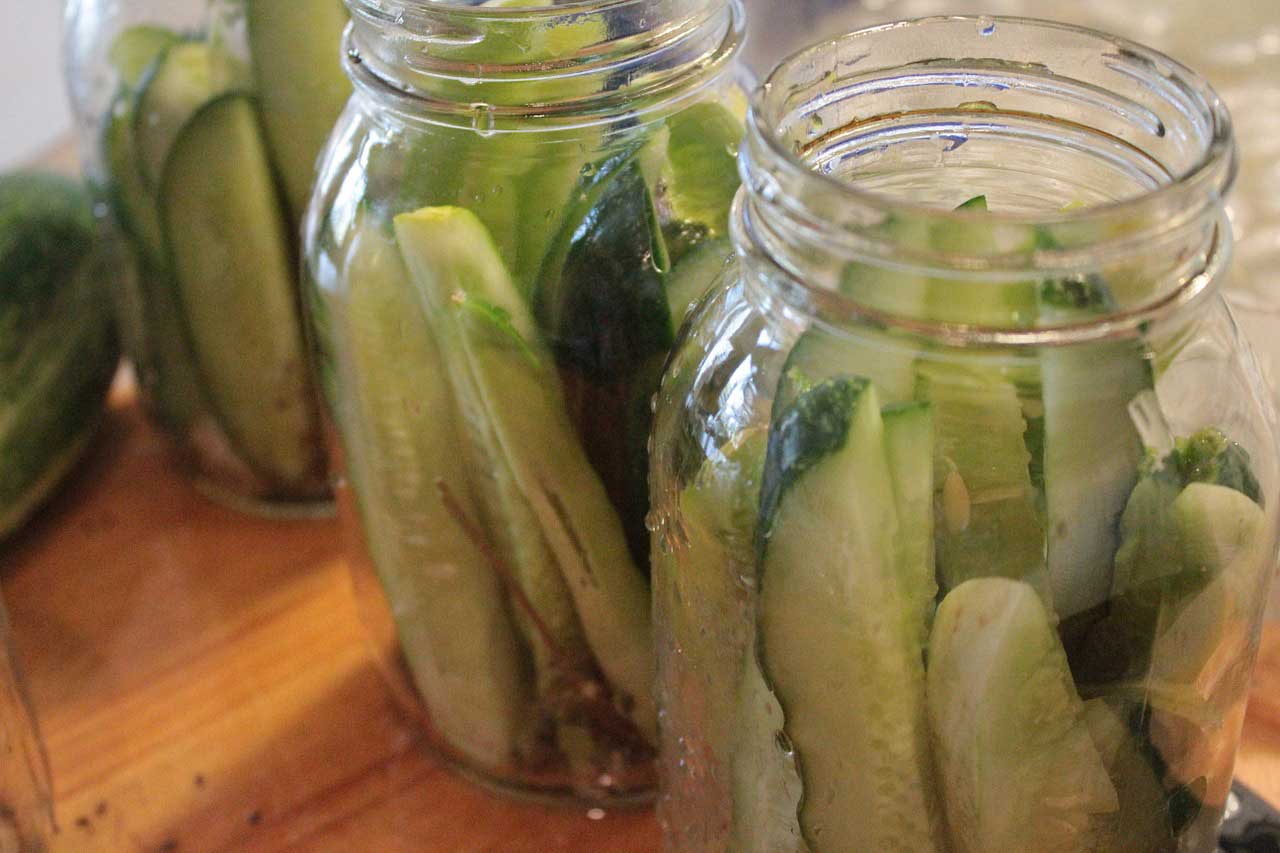
South Dakota Cottage Home Processing Food Safety
The Cottage Home Processing Food Safety course serves as the approved food safety training for HB1322.